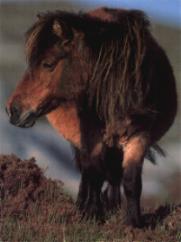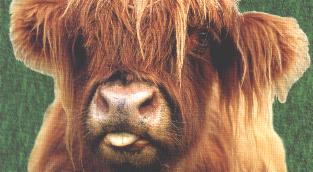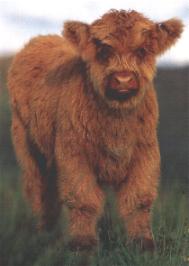

As any regular racegoer
will tell you, an essential part of the racegoing experience is assessing
the well being of your selection in the parade ring before parting with
any of your hard earned cash.
 What
do you look for though? It's all very well these paddock experts
on the television using expressions like "a scopey sort" and "carrying
plenty of condition", but to the average racegoer all horses look more
or less the b****y same. However, as Ivor Donkey is an above average
racegoer (in the sense that I lose more money than most other people),
I shall endeavour to guide you through the parade ring pitfalls. What
do you look for though? It's all very well these paddock experts
on the television using expressions like "a scopey sort" and "carrying
plenty of condition", but to the average racegoer all horses look more
or less the b****y same. However, as Ivor Donkey is an above average
racegoer (in the sense that I lose more money than most other people),
I shall endeavour to guide you through the parade ring pitfalls.
Firstly, avoid any
horse that is walking round the parade ring with his undercarriage down,
to put it politely. Or to put it impolitely, avoid any horse that
is walking round with his hampton swinging around underneath him, or worse
still, sticking out like a fifth leg. Despite the fact that female
racegoers tend to find this impressive, it doesn't take a genius to work
out that for the horse to maintain this state of affairs involves a good
deal of energy expenditure, and the energy that he uses in the parade ring
is energy that he won't be able to use during the race. Obviously
this only applies to colts, as fillies lack any tell tale appendages, it
is therefore less obvious when they are getting a bit excited.
 Right,
once you've checked on the state of your selection's wedding tackle, what
else do you look for? Right,
once you've checked on the state of your selection's wedding tackle, what
else do you look for?
Well, for a start,
check for any obvious signs of lack of fitness, such as a pronounced limp,
a wooden leg, a large belly, or if the simple act of walking round the
parade ring is making him breathe heavily and/or cough. Horses exhibiting
any or all of these things are best avoided (unless you're the boss of
a glue factory of course).
Another thing to look
out for is if your chosen horse is sweating or not, this can be excused
if it is a hot day, but if it is fairly cool then there must be another
reason for it. He/she may be a nervous or excitable type who gets
a bit worked up, or in the case of colts, he may have his undercarriage
down (see above).
Some horses always
sweat regardless of weather or mood, and it doesn't affect their performance,
but if your horse is sweating profusely when normally it doesn't, then
it may not be a good idea to back it.
Next you need to have
a look at your horse's ribs, if you can see them showing through, that
is supposed to indicate that the horse is fit. To me it just looks
as though the sadistic b******s haven't been feeding it properly.
Since when has being skinny been an indicator of good health? Some
of them look so thin that they'll break in half as soon as the jockey gets
on them. On the whole, just avoid the horses with large pendulous
bellies that threaten to drag along the ground.
 As
well as all of the above, you also need to check on the condition of the
horse's coat. If it walks into the paddock looking like a hairy yak
it is said that it should be avoided. Television "experts" describe
this by saying that the horse has "gone in it's coat". I don't have
a clue what that means, but the bottom line is that you should concentrate
on the ones with pretty patterns shaved into their backsides. As
well as all of the above, you also need to check on the condition of the
horse's coat. If it walks into the paddock looking like a hairy yak
it is said that it should be avoided. Television "experts" describe
this by saying that the horse has "gone in it's coat". I don't have
a clue what that means, but the bottom line is that you should concentrate
on the ones with pretty patterns shaved into their backsides.
Look at it from the
horse's point of view though, they grow a longer coat because they need
protection from the cooler weather. So how would you like it if some
idiot decided to shave your a**e and make a chessboard pattern on it and
let you freeze your unmentionables off? I know I wouldn't.
Besides, length of hair makes absolutely no difference to athletic performance.
I know this to be true because I am a keen cyclist, and I sometimes don't
get around to having a haircut as often as I should, and as a result it
gets a bit shaggy, but it makes absolutely no difference to my performance
on the bike. So if it makes no difference to me, why should it make
any difference to a horse?
It seems to me that
this whole paddock inspection thing is just an excuse to discriminate against
fat, hairy horses. If all horses start thinking that they have to
be unfeasibly skinny then it could lead to them not eating their oats and
developing horsy anorexia. It's the same with women, they get told
by television and magazines that they have to look like these skinny supermodels,
but let's be honest, curvaceous women look much better than those stick
insects don't they?
The best system is
to ignore girth size, hairiness or sweatiness and just back the one that
you most like the look of for whatever reason, after all, beauty is in
the eye of the beholder isn't it?
|